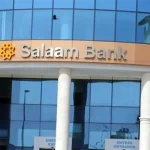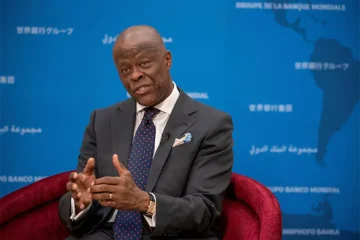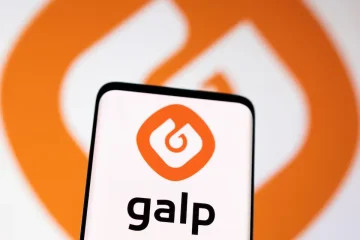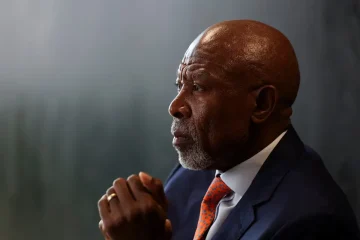BACKGROUND
Banks have existed, in one form or another, for thousands of years, storing money safely and lending to individuals, institutions and businesses who needed to borrow money and whom the bank believed would repay them – usually, with interest. In their modern form, in which they have offered many more services, including mortgage lending and insurance, they owe much of their success to conservative, risk-averse business practices.
With traditional banking, clients who opened accounts would trust the bank with their personal information, including names, account types, currency and transaction history. In terms of the banking regulations in most countries, these data sets could not be shared, even between banks or other financial institutions.
What this meant, however, was that there was no way to view consumer needs, resulting in inter-banking inefficiencies and a lack of innovation. In parts of Africa, the problem was compounded by underbanked populations, huge distances to physical banks and other logistical hurdles.
Digital Transformation
In Africa, a digital revolution has been brought about by the mobile phone. Africa’s bulging digital economy is expected to double to over US$200 billion by 2025.
Not only has banking become more accessible but it is also cheap and easy, with even the simplest feature phones offering mobile banking. Most African banks today also offer banking apps to customers with smartphones.
Open banking
Open banking is a government-sanction and legislation-approved practice that gives consumers the choice to provide third-party financial service providers (frequently tech startups and online financial service vendors) with access to their personal and financial data.
This includes transactions and other financial data from banks and non-bank financial institutions, made possible by application programming interfaces (APIs) utilised by service providers.
What it does
On a simple operational level, open banking allows consumers to initiate and make payments from one bank to another or to and from other financial service providers seamlessly over the internet via software services that talk to each other.
For someone with several accounts across different banks, open banking will allow them to check all their transactions in a single interface through account aggregator applications. The customer will then be able to move funds between their accounts quickly.
Thus, all accounts are interlinked by an app and available on a single platform to give consumers control over their data- on their palms.
This allows service providers to assess and develop risk profiles for potential lenders and extend services to open banking customers who might previously have been excluded not only from banking products but from the banking sector altogether.
Access to consumers also boosts competition, efficiency, and innovation among banks, microfinance and other financial institutions, which can all compete to offer financial products and services to the app user.
Fintech startups, for example, can innovate and create new, more affordable alternatives to underserved areas.
Where it is available
Across the globe, Europe is leading new innovations in open banking through the use of banking industry Third Party Providers (TPPs), API-related innovations, e-commerce, and the Internet of Things.
The UK is a trailblazer in the sector, boasting 7 million open banking users, followed closely by Germany, Spain, the Netherlands, and France.
After Europe, China is reported to have the largest open banking market, according to Forbes. In Africa, Nigeria is the first country to embrace open banking, thanks to legislation rolled out in March.
What it is used for
Currently, mobile money is the most preferred form of digital finance in Africa. The latest International Monetary Fund data shows the number of mobile money accounts is growing faster than traditional bank accounts.
Between 2019 and 2021, the number of mobile money agents per 100,000 adults has almost doubled (from around 450 to 880) worldwide, driven by increases in Africa and Asia, according to IMF’s Financial Access Survey 2022.
To tap into the digital revolution, banks have been developing their mobile money services or latching onto established mobile money platforms like M-Pesa to allow clients to access loans, buy airtime, and settle electricity and water bills.
Africa now has numerous digital banks – mostly emerging from the fintech boom in major economies like Kenya, South Africa and Nigeria – that are looking to benefit from open banking and provide a range of new services to their customers, once legislation allows it.













